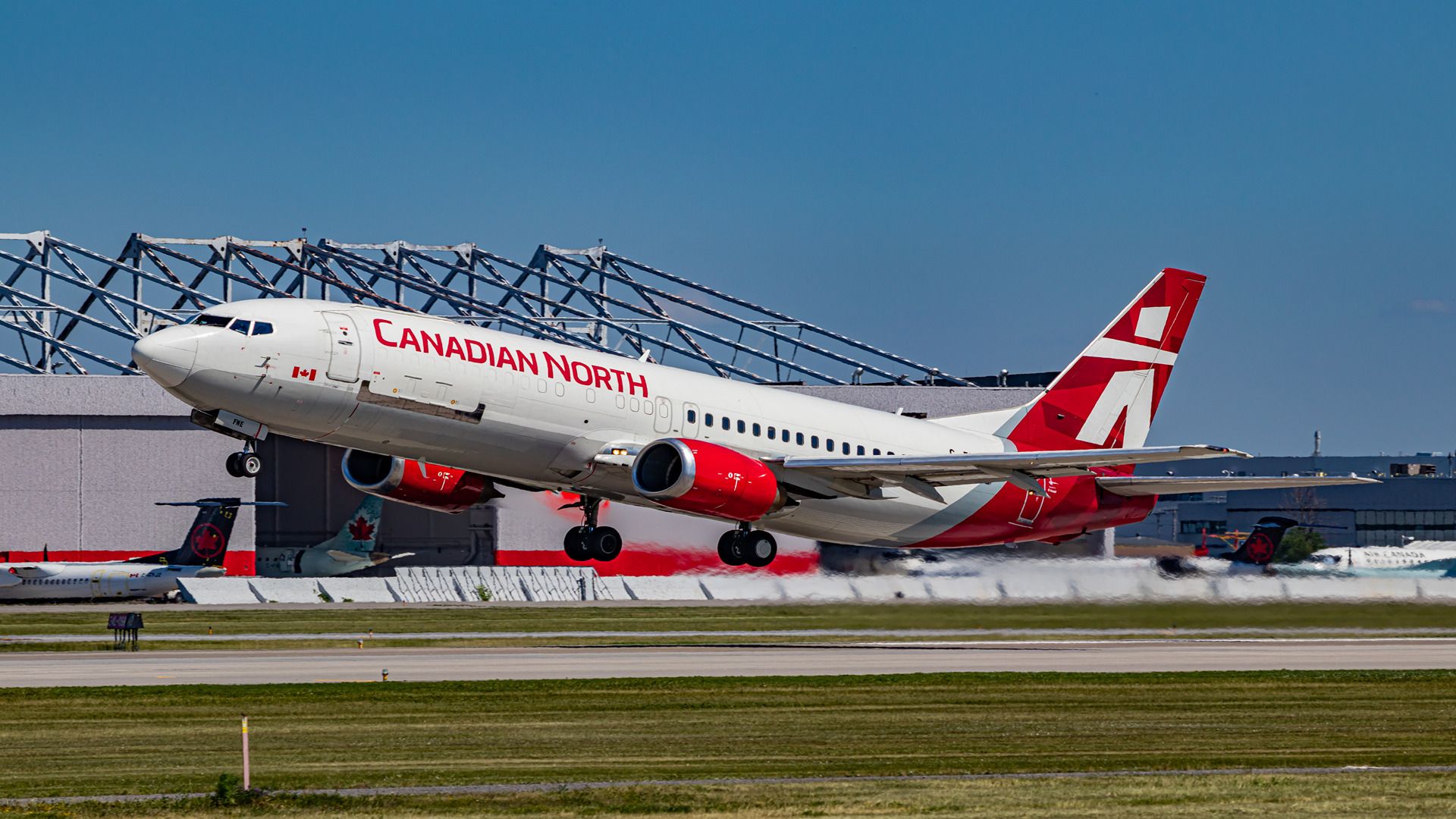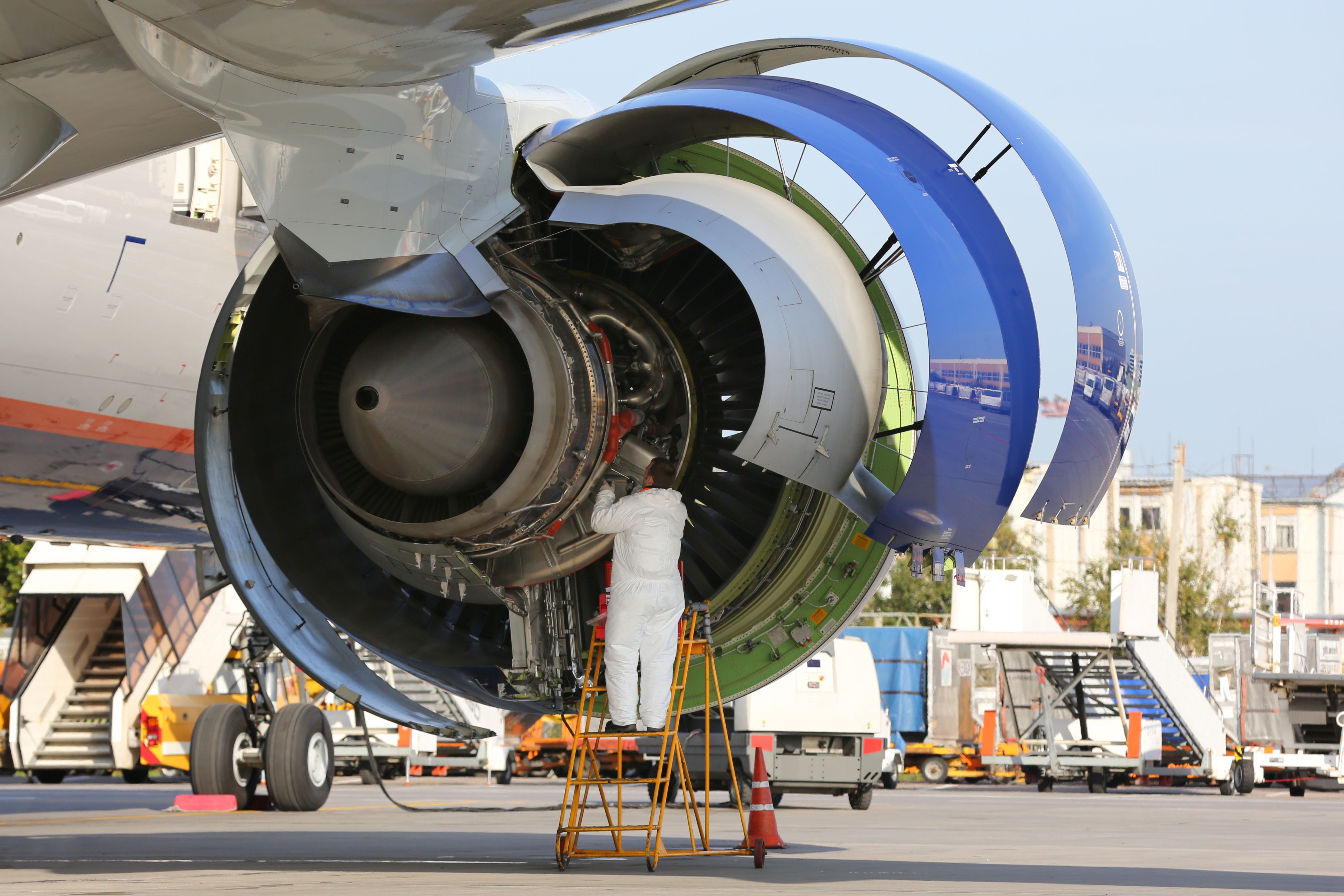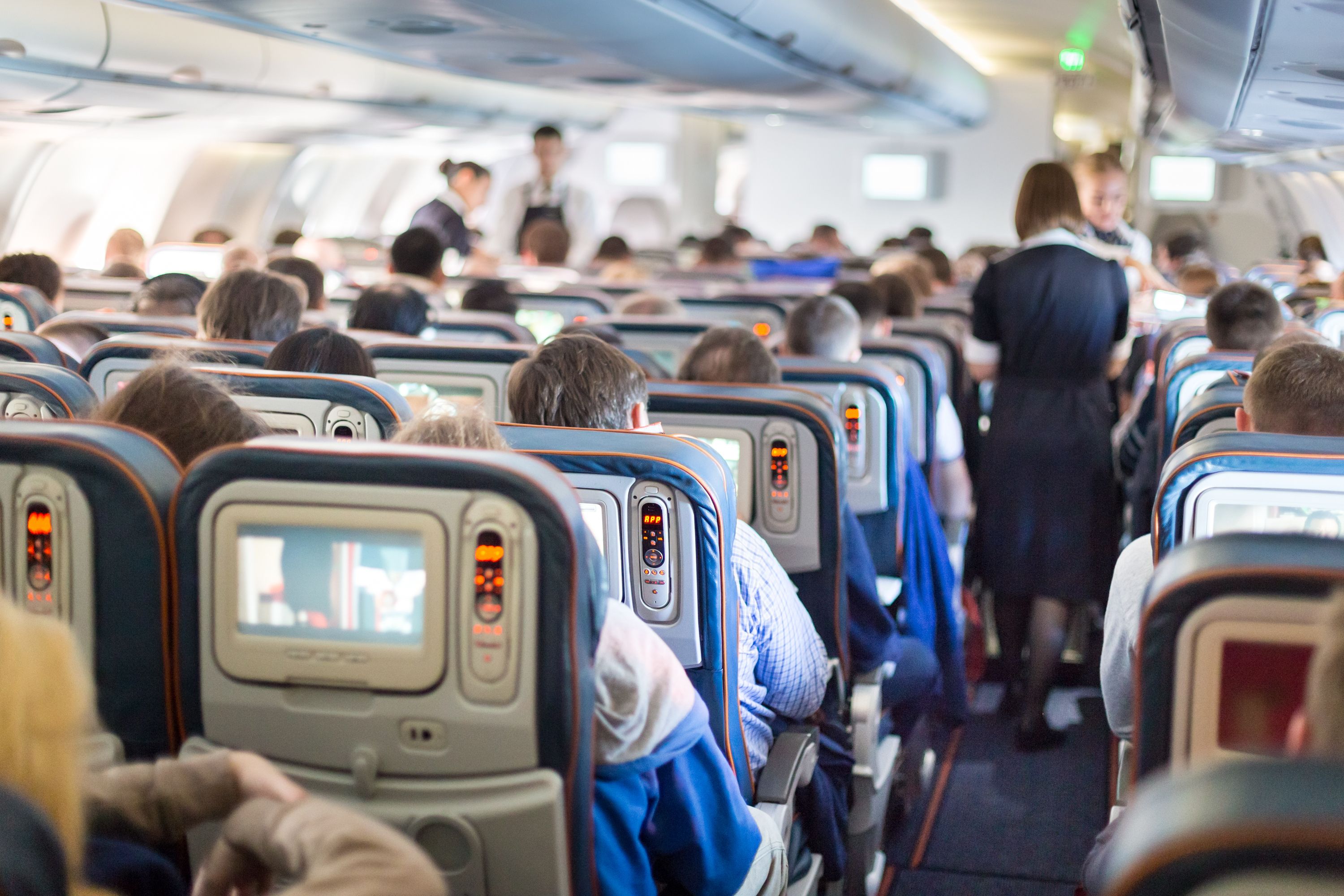Summary
- Flight diversions can be stressful for passengers and disrupt their travel plans.
- Weather conditions like flooding, crosswinds, snow, fog, and low visibility can prompt flight diversions.
- Mechanical issues, medical emergencies, and natural disasters can also lead to flight diversions.
While airlines make every effort to transport passengers between point A and point B, there are instances when unforeseen circumstances lead an aircraft crew to divert to an alternate airport. Considering this, let's explore the factors that could prompt a flight to divert unexpectedly.
What could happen if my flight gets diverted?
A flight diversion can cause significant stress for passengers, who often don't know the reasons behind the decision. Additionally, flying to an alternate airport (or returning to the airport of origin) disrupts the plans of all passengers onboard. But, while it can be the nightmare of every traveler, airlines do not take this decision lightly (as they, too, lose money, crew, and aircraft due to the incident), and it is done by prioritizing safety. If the flight you are on gets diverted to another airport, one of two things will happen:n:
- Your flight will resume when the conditions are more favorable.
- Your flight will terminate at the diverted airport, and the airline will bring in another aircraft or bus to bring everyone to the original destination. They can also rebook you if that option is available.
If you were booked on a connecting flight, you would probably miss it unless you had an extremely long layover. If you know there is no way you will make the flight, work with the airline to rebook later.
Weather
While every attempt is made to forecast the weather at the arrival airport, the situation can change hour by hour. On short regional or commuter flights, it is easy to predict what the weather will be like when landing. Long-haul flights, however, are something else entirely, with pilots relying on forecasts regarding conditions. Unfortunately, sometimes, they can fail. Take, for instance, two crazy diversions that occurred earlier this year when Auckland International Airport flooded. Emirates and American Airlines had to cancel two long-haul flights departing from Dubai and Dallas Fort Worth while in mid-air. This led to flight diversions of 13 and 10 hours each, in which both planes returned to their departing airport.
Another cause for possible diversions could be crosswinds. While high winds are not a problem, they become an issue when they blow sideways across a runway and exceed 35 knots (40.2mph). A lot also depends on the aircraft type and airport where the plane is landing. An example of this took place on August 19, 2022. For about 90 minutes, crosswinds hampered operations at Kolkata's Netaji Subhash Chandra Bose International Airport. A total of 11 pilots were unable to stabilize their approach and had to go around. In all, 16 landings were aborted, and nine aircraft were diverted to other airports.
Finally, snow is often to blame for diversions and canceled flights, especially at airports not used to large amounts of snowfall as they don't have the equipment to handle removal. Fog, too, can play a role, along with low clouds and poor visibility.
Mechanical
Modern aircraft are intricate machines that occasionally require component replacements, akin to any mechanical system. Naturally, safety is the foremost concern for airlines. When a pilot is alerted to a mechanical issue, their priority is to communicate with ground personnel and make an informed decision about whether to proceed with the flight.
The outcome hinges on the severity of the emergency and various factors, including onboard fuel levels. If the situation isn't critical and fuel isn't in excess, returning to the departure airport might be the sensible choice. Alternatively, if the aircraft is farther away, the flight crew might opt to land at an airport affiliated with the airline. This ensures passengers promptly reach their intended destination and provides ready access to mechanics and spare parts for repairs.
Medical emergency
Airline crews are trained in first aid and are well-placed to consider whether a medical emergency requires an urgent landing. In a severe situation, they may ask for a medical professional on the flight to come forward. At the very least, they can administer emergency medical assistance until the plane arrives at its destination or nearest airport.
Earlier this month, the aviation world saw a tragic example of a flight diversion due to a medical emergency. LATAM flight LA505 between Miami and Santiago de Chile had to divert to Panama after the captain operating the aircraft became unwell. Unfortunately, he was pronounced dead upon landing.
Unruly passenger
If an unruly passenger is on the plane, the Captain will decide if they pose a threat to the aircraft, passengers, and crew. If so, the Captain will look to land at the nearest available airport and have the police remove the troublemaker from the plane. An example of this took place this year when an easyJet flight between Liverpool and Dalaman was diverted to Germany when two passengers behaved disruptively.
Get the latest aviation news straight to your inbox: Sign up for our newsletters today.
Other reasons why an aircraft might divert can be due to natural disasters such as a volcano erupting or the sudden outbreak of an armed conflict.
Plan ahead
You never know when a plane might get diverted, so it is always a good idea to plan ahead. If you are flying down to Florida to get on a cruise, why not arrive a day earlier and spend the night in a hotel? The same goes for a family celebration or anything you don't want to miss. Always pack medications and items you need in your carry-on, as you never know how long it might take to get to your destination. Most airlines are well prepared to handle the occasional diversion and will do their best to get you to your original destination as soon as possible.
The longest time we know of where people were stranded following a diversion was when several aircraft diverted to Gander, Canada, after 9/11. What is the longest time you were ever diverted, and how did the airline treat you? Please let us know all about it in the comments.



